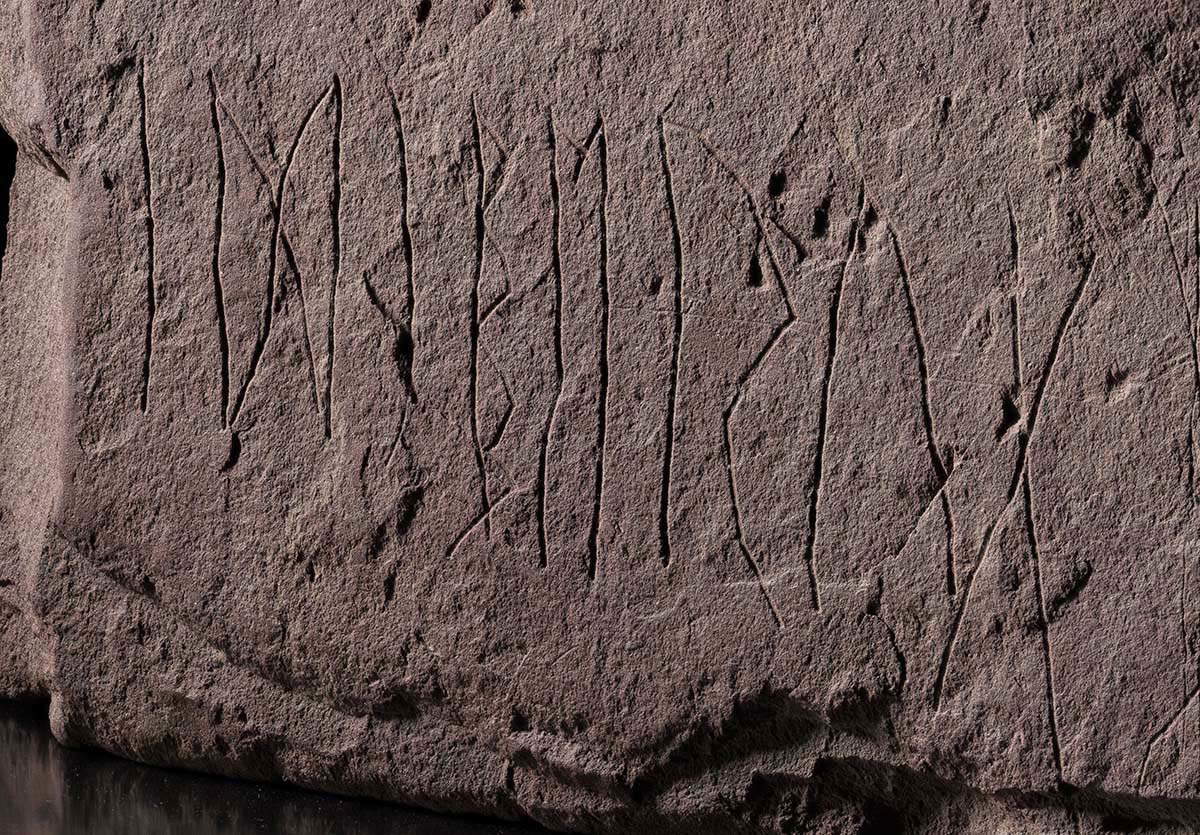Norway, world's oldest runestone discovered
The oldest runic stone in the world has been discovered in Norway : a runic stone is defined as a stone engraved with inscriptions in runic characters, the ancient alphabet of the Germanic peoples. The discovery dates back to the fall of 2021, but the news was released just a few days ago ahead of an exhibition at the Oslo Museum of Cultural History , where the stone will be on display from Jan. 21 to Feb. 26. The stone was discovered in a necropolis near Lake Tyrifjorden, in the territory of the town of Ringerike, during an archaeological excavation carried out by the Museum of Cultural History itself as part of a road and rail infrastructure development project between the towns of Sandvika and Hønefoss.
In one of the graves, Museum archaeologists discovered a stone with several runic inscriptions. Burnt bones and charcoal from the grave reveal that the runes were engraved between the year 1 and 250 AD, and this dating makes it the earliest known runic stone. The museum says the discovery represents the “dream of rune scholars.”
This ancient Norwegian runestone is attracting international attention from scholars and archaeologists. The inscriptions are up to 2,000 years old and date back to the earliest days of the enigmatic history of runic writing. The stone is named after where it was found and is now called the "Svingerud Stone."
Between 1,800 and 2,000 years ago, someone stood near Tyrifjorden and carved runes into the 31-by-32-centimeter block of reddish-brown Ringerike sandstone. The runes transcribed an early form of the ancient Norse language, which is the ancestor language of the modern Nordic languages spoken in Scandinavia today. Scholars now wonder if the name engraved on the stone is that of the person buried there: indeed, eight runes stand out clearly on the front face of the stone among other inscriptions, which converted to Latin characters form the inscription “idiberug.” The stone therefore may have been made “for Idibera,” or the intention was to write the name “Idibergu” or the patronymic “Idiberung.”
The ways of writing the earliest runic inscriptions varied greatly, and the language changed considerably from the time these runes were carved until the Viking Age and the Middle Ages. Interpreting the messages on the stone is therefore a challenge.
The stone, moreover, has different types of inscriptions. Some lines form a grid pattern, there are small zigzag figures and other interesting marks. Not all of them make linguistic sense, and one may get the impression that someone imitated, explored, or played with the writing. Perhaps the carver or carvers were learning how to carve runes. So there is still much research to be done on the Svingerud stone, but no doubt scholars will gain valuable insights into the ancient history of runic writing and the custom of creating runic stones.
 |
| Norway, world's oldest runestone discovered |
Warning: the translation into English of the original Italian article was created using automatic tools. We undertake to review all articles, but we do not guarantee the total absence of inaccuracies in the translation due to the program. You can find the original by clicking on the ITA button. If you find any mistake,please contact us.



























